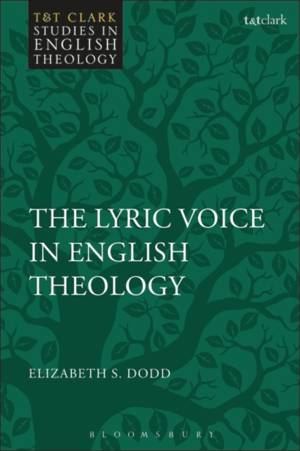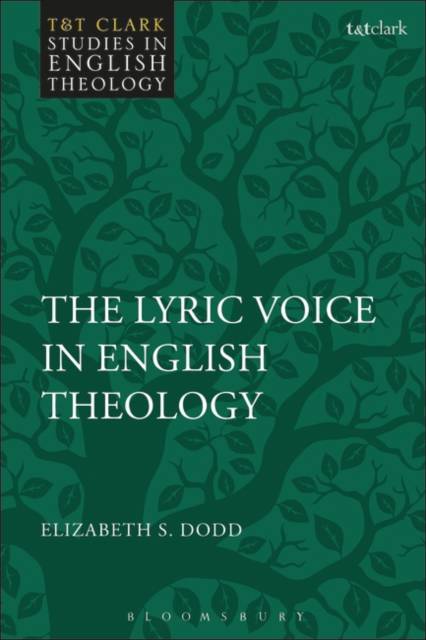
- Afhalen na 1 uur in een winkel met voorraad
- Gratis thuislevering in België vanaf € 30
- Ruim aanbod met 7 miljoen producten
- Afhalen na 1 uur in een winkel met voorraad
- Gratis thuislevering in België vanaf € 30
- Ruim aanbod met 7 miljoen producten
Zoeken
Omschrijving
Elizabeth S. Dodd explores how the lyric voice in English theology has spoken to, within and between church, self and society. By examining a number of texts by authors such as Lancelot Andrewes, William Blake, Samuel Taylor Coleridge, as well as T. S. Elliot and Geoffrey Hill, Dodd concludes that lyric is a vehicle for the imagination; which is the engine of theological thought, but it also has practical, ethical and public implications.
In contemporary discussions of genre in theological aesthetics, as in the work of Charles Taylor, David Ford, Ben Quash, Kevin Vanhoozer and Sam Wells, lyric is the poor relation to narrative and drama. Lyric is the voice of soliloquy, the language of emotion and spiritual experience, and is quickly identified with the solipsism and egoism of the modern individual. However, lyric has been a strong voice within English theology, and not only in a navel-gazing fostering of private spirituality.
Through a comparative analysis of these lyric movements within English theology, this book reassesses the role of lyric in theological language, and suggests that it take its place alongside narrative and drama.
In contemporary discussions of genre in theological aesthetics, as in the work of Charles Taylor, David Ford, Ben Quash, Kevin Vanhoozer and Sam Wells, lyric is the poor relation to narrative and drama. Lyric is the voice of soliloquy, the language of emotion and spiritual experience, and is quickly identified with the solipsism and egoism of the modern individual. However, lyric has been a strong voice within English theology, and not only in a navel-gazing fostering of private spirituality.
Through a comparative analysis of these lyric movements within English theology, this book reassesses the role of lyric in theological language, and suggests that it take its place alongside narrative and drama.
Specificaties
Betrokkenen
- Auteur(s):
- Uitgeverij:
Inhoud
- Aantal bladzijden:
- 200
- Taal:
- Engels
- Reeks:
Eigenschappen
- Productcode (EAN):
- 9780567670304
- Verschijningsdatum:
- 19/10/2023
- Uitvoering:
- Hardcover
- Formaat:
- Genaaid
- Afmetingen:
- 156 mm x 234 mm
- Gewicht:
- 453 g

Alleen bij Standaard Boekhandel
+ 339 punten op je klantenkaart van Standaard Boekhandel
Beoordelingen
We publiceren alleen reviews die voldoen aan de voorwaarden voor reviews. Bekijk onze voorwaarden voor reviews.








